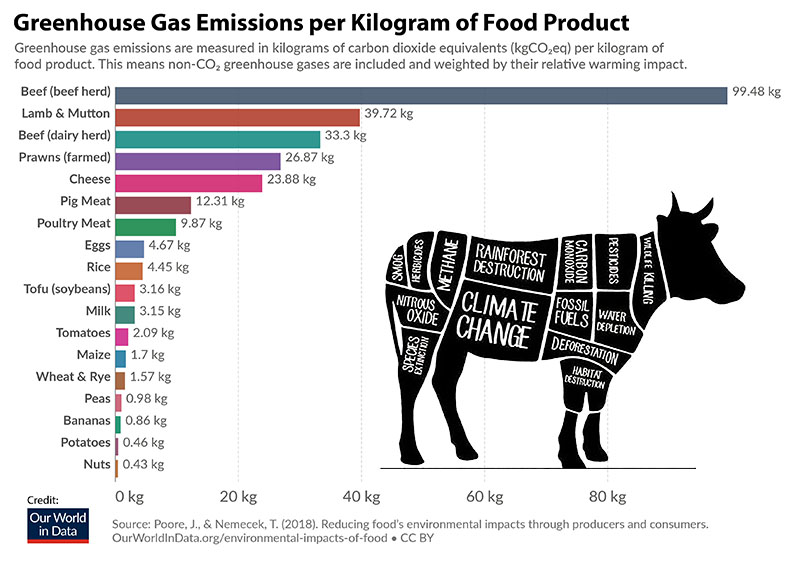For years, Tuolumne County has delayed creating a required “climate action plan” that is supposed to lay out steps the County will take to reduce greenhouse gas emissions in our region to help reduce climate change. The County has finally released the latest draft of its Climate Action Plan (CAP), but due to politics and pressure from climate change skeptics, the CAP turns out to be almost nothing but rhetoric, with no real requirements or mandates that will actually result in reductions in greenhouse gas emissions. It is a “nothing actually required” non-action plan that should be an embarrassment to County residents.
Tuolumne County’s “Climate Action Plan” is now available for review and comments through June 15. www.tuolumnecounty.ca.gov/1332/Climate-Action-Plan. We are asking all Sierra Club members in Tuolumne County to take just a few minutes to submit comments in response to this plan.
The CAP is a smooth-talking document with nice graphics and important sounding words, but it mandates absolutely nothing to actually reduce greenhouse gas emissions, or to meet climate change reduction targets, or to do anything meaningful.
For example, one measure is: “Reduce vehicle idling.” Another measure is: “Encourage students to walk or ride a bike to school.” Another is: “Promote responsible consumption of products…”
Tuolumne County has no control over vehicles idling, and students already walk and bike to schools. The County has no way to control whether people consume products responsibly. All of these so-called “measures” are just empty phrases that can neither be enforced nor measured.
Chapter 4 is supposedly the core of the Climate Action Plan, and it is full of such aspirational measures – all without any solid requirements. Every single measure is followed by the wording, “Actions that could be taken under this measure include…” or similar weak language.
Chapter 5 identifies a subset of “actions” with a high priority. Here too, the so-called “Action” descriptions are brimming with squishy words like “promote” or “encourage” or “explore” or “support” or “where feasible.” The only requirement is Action 1.2.1: “Establish a policy to require new County buildings to be constructed to meet a high energy efficiency standard.”
Really? That’s the only mandate in the whole plan? And even for that, there is no definition of “high energy efficiency.”
As it is currently drafted, this climate action plan is purely cosmetic, written by slick consultants to promote the concept that ill-defined, voluntary measures will somehow result in a magical reduction in greenhouse gas emissions. What the county needs is a clear plan with meaningful, measurable required actions.
Background on why the plan was developed
The State of California has passed legislation that establishes emissions targets and a suite of measures to achieve these targets. State and federal actions, however, are not sufficient. Local communities must participate as well, so California SB 379 was adopted in 2015 to require cities and counties in California to define greenhouse reduction measures they will take locally.
Rather than adopting a weak and meaningless plan, Tuolumne County supervisors should adopt a strong, effective plan that requires (rather than “encourages”) actions that will lead to measurable changes. This plan does not suffice.
YOU can help make it better and more meaningful. Rather than Sierra Club members just submitting comments that complain about the totally inadequate draft Climate Action Plan, your comments can point out how the plan can be corrected and strengthened. This is a true opportunity for Club members to “act locally” to help deal with a global problem.
Here are ways you can help:
- Speak up now, calling out this document for the scam that it is.
- Contact your county supervisor.
- Contact Quincy Yaley (Community Development Director) with your comments at qyaley@co.tuolumne.ca.us, or mail your comment letters to the Community Development Department, 2 South Green St,
Sonora, CA 95370. - Send a letter to the editor of the Union Democrat.
- When you submit comments, consider recommending ways the CAP can be strengthened, improved, and made meaningful.
The CAP should have clear requirements that are measurable and quantifiable. Examples include:
- “Require all new development constructed in the County to be at least 10% more energy efficient than the current basic requirements.”
- “Utilize County funds or grants to ensure that there are electric vehicle charging units provided at every existing public school and county facility within the County within 10 years of CAP adoption.”
- “The County shall show leadership in the field or solar by installing solar systems on all feasible, cost-efficient sites on county buildings within 10 years of CAP adoption.”
- “The County will provide financial incentives for County businesses and residential parcels to install solar in order to reduce other energy consumption.”
- “The County will apply for grants and other sources of funding to assist county businesses to transition to the highest energy efficiency lighting.”
- “All existing County buildings will be retrofitted to boost energy efficiency by at least 25%. No less than 50% of County buildings will meet this goal within 10 years.”
- “All new County buildings will exceed minimum energy efficiency standards by at least 25%.”
- “The County will transition its vehicle fleet to entirely hybrid or electric vehicles as vehicles are replaced or added to the fleet.”
The CAP measures should be monitored, and an initial report on progress should be mandated to be made public within 3 years of CAP approval, with a second required public report at 6 years after CAP approval.
Bottom line
If Sierra Club members don’t engage to provide strong criticism of this incredibly weak, meaningless draft Climate Action Plan, then county supervisors may adopt it, and no effective greenhouse gas emission actions for our region will be required. It is important for you to take 5 minutes to engage and help on this key issue.
At the very least, please submit a short comment letter criticizing the CAP plan for not having clear, measurable, and meaningful measures to reduce greenhouse gas emissions.
Do it for your children and grandchildren, and for the future of our region. Remember, deadline for comments is June 15, make your voice heard!

